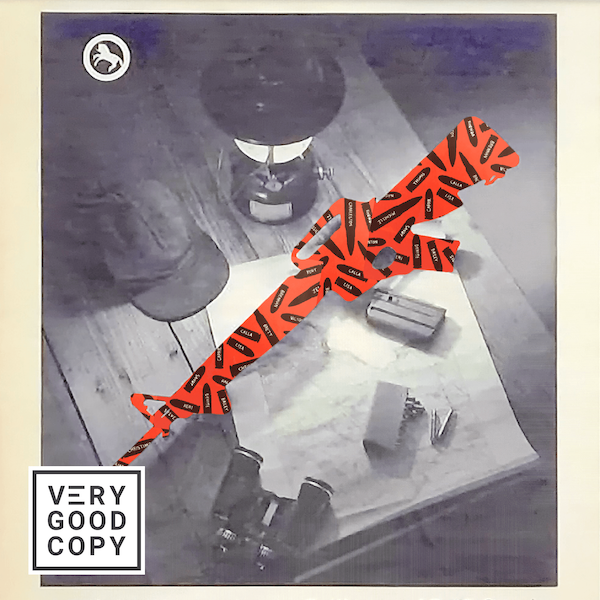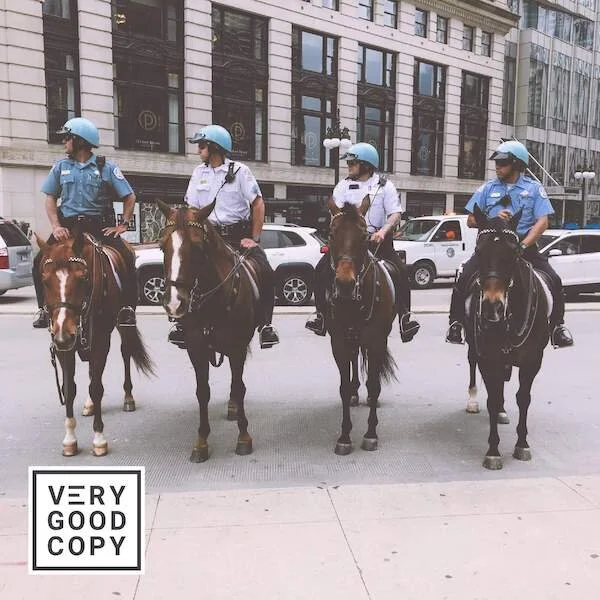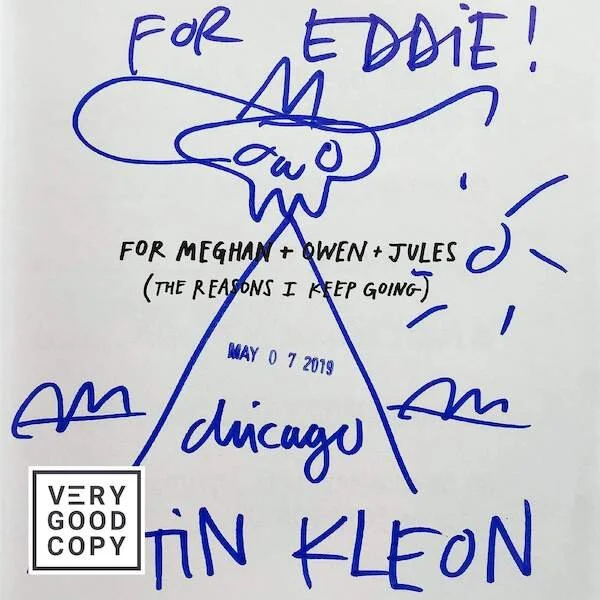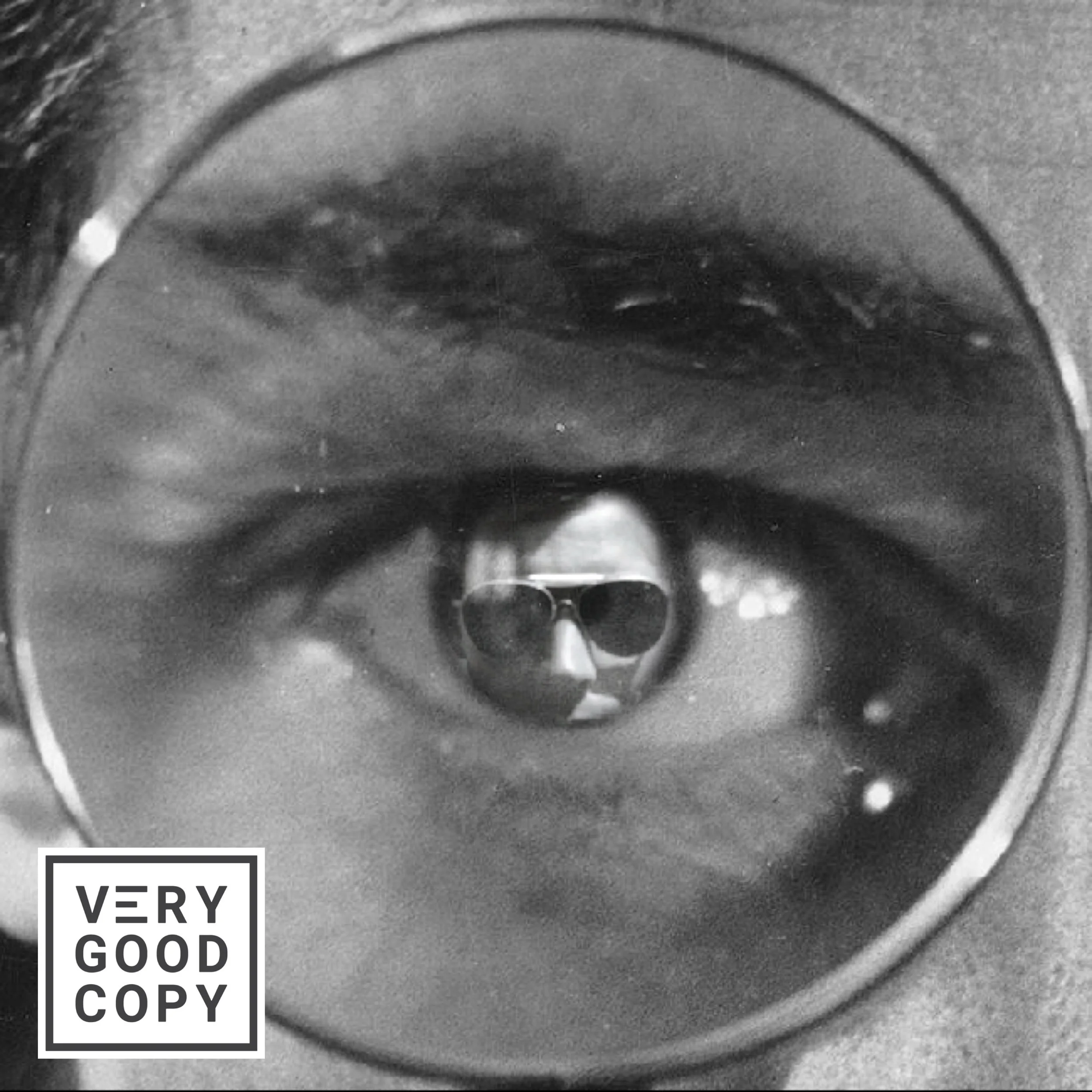![VeryGoodCopy [Small].png](https://images.squarespace-cdn.com/content/v1/5615edeae4b0b9df5c3d6e90/1569974232859-OLUIU5RMFYA8MDSGC4G6/VeryGoodCopy+%5BSmall%5D.png)
“My goal is to kill at least 20 people with an AR-15.”
Nikolas Cruz recorded himself saying those words days before he walked into Parkland High School with a semi-automatic AR-15.

He killed 17 people.
The same gun killed 12 people in a movie theater in Aurora. And 26 in an elementary school in Newtown. And 14 in a community center in San Bernardino. And 26 in a church in Sutherland Springs. And 58 attending a concert in Las Vegas.
“The hits on the enemy were just fatal, almost anywhere,” said Jim Sullivan, the original designer of the AR-15, in an interview on HBO’s Real Sports. “One guy had been hit in the ankle and it killed him. They couldn’t stop the bleeding. So much damage...”
“It’s more lethal than any cartridge fired by any army in history.”
The U.S. military commissioned Sullivan to create a gun that rivaled the Soviet AK-47.
And he did. For the past 60 years, the AR-15 has been the standard-issue service rifle for all American troops.
Today, to Sullivan’s horror, the AR-15 is being sold to the public as a “sporting” rifle. Millions of hunters and target shooters across America fire it daily.
How did this happen?
How did an elite, military-grade rifle like the AR-15 find its way into the hands of millions of civilians?
Copywriting.
Let me explain.

Keep Reading
![VeryGoodCopy [Small].png](https://images.squarespace-cdn.com/content/v1/5615edeae4b0b9df5c3d6e90/1569974659822-UF5JAKR3WO8LRTUKKXZV/VeryGoodCopy+%5BSmall%5D.png)
JOIN THOUSANDS OF SUBSCRIBERS

Besides being one of the deadliest rifles ever created, the AR-15 is also one of the easiest to use. It’s light-weight and very low-recoil. One gun expert said his “5-year-old son can handle it.”
Given it’s ease-of-use, gun-industry executives saw an opportunity to market and sell the AR-15 to regular people…
But before that could happen, they would need to rebrand the gun, adjusting its image, modifying it to become something else in the eyes of consumers — and lawmakers.
Introducing: The AR-15 Sporter.
“What better name to call the rifle than the Sporter?” said Tom Diaz, a long-time gun-industry researcher, in the same Real Sports segment. “How harmless does the ‘Sporter’ sound?”

The original AR-15 Sporter print ad.
“Now, it’s no longer a battle rifle or an assault rifle,” said Diaz. “It’s just the ‘Sporter’ — and who’s against sports in America? America is a country that loves sports.”
(Besides the name, the only modification to the gun is its rate of fire: the military version is fully automatic; the Sporter is semi-automatic, firing only one devastating cartridge at a time.)
“It’s a wonderful sales device,” said Diaz. “Because the industry had to divert attention from its killing power — its lethality, its intended military use — to something more benign.”
The industry succeeded. Today, the AR-15 is classified as a “Modern Sporting Rifle” by the National Shooting Sports Foundation. But the same factors that make it so popular with millions of hunters and sportsmen have also, tragically, made it the weapon of choice for mass murderers.
2 important lessons:
Lesson 1: Good copy creates a visualization in the reader’s mind.
As a copywriter, one of your goals is to put a vivid image in the reader’s brain. And the fewer words you use to create that image, the better. The “Sporter” is an excellent example of creating a visualization in as few words as possible…
Because the reader imagines rifle sports (e.g., hunting; field shooting; rapid-fire). She doesn't imagine war. She doesn’t imagine death and suffering and destruction.
Nobody reads “Sporter” and thinks of Saving Private Ryan.
Lesson 2: Good copy can sometimes have horrible consequences.
LEARN TO PERSUADE
![VeryGoodCopy [Small].png](https://images.squarespace-cdn.com/content/v1/5615edeae4b0b9df5c3d6e90/1569974797700-NY5Y1SHUEW7M1QJN4BTO/VeryGoodCopy+%5BSmall%5D.png)
WRITE BETTER.
MARKET BETTER.
SELL MORE.
COMMENT BELOW
Judge not lest ye be judged.




![How to write better dialogue [easy, instant, Hemingway-inspired hack]](https://images.squarespace-cdn.com/content/v1/5615edeae4b0b9df5c3d6e90/1600810690603-XZIT3F465CS25186CILF/Better+dialogue+COMP.JPG)































































![How copywriters put prospects in the buying mood [quick trick]](https://images.squarespace-cdn.com/content/v1/5615edeae4b0b9df5c3d6e90/1533095575515-C2JPAZA3C46IBX00EMM8/Put+prospects+in+the+buying+mood+%5BVGC+art%5D.JPG)


















































